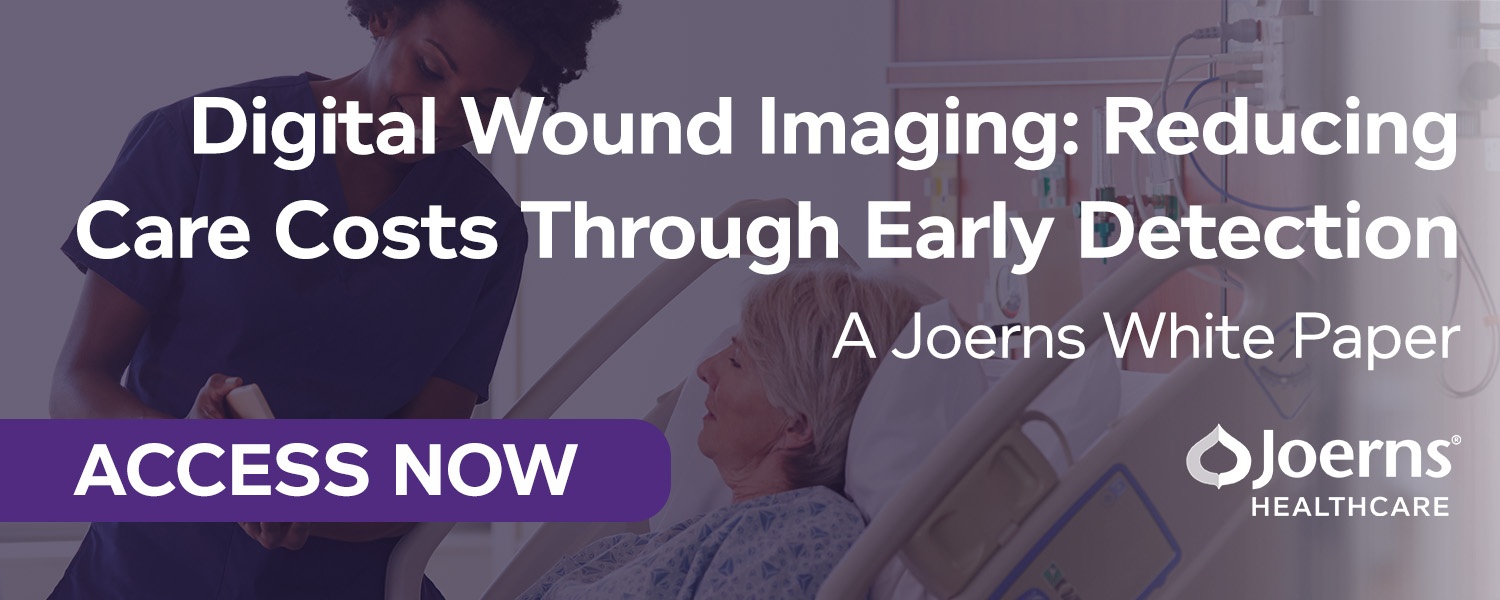Standardizing wound care management is essential for improving patient outcomes. Variations in wound care can have serious and costly consequences, such as delayed healing, increased risk of complications, and even death.
To reduce variations in care and maximize outcomes, post-acute professionals should set up internal best practices, invest in comprehensive wound care education and training, and leverage innovative technologies such as portable wound assessment devices.
A systematic, evidence-based approach to wound care management ensures that best practices are consistently applied to all patients. By monitoring wound healing progress, providers can confidently predict treatment outcomes and quickly adapt care plans to changes in patient conditions.
Establish Internal Best Practices For Wound Care Management
When it comes to successful wound care management, having consistent protocols in place is key to high wound outcomes. Implementing best practices for healing wounds, such as consistent wound assessment, effective dressing choices, and high-quality follow-up increases the likelihood of successful patient outcomes.
Effective communication between post-acute providers is also essential in wound care management. Regular updates that include communication between the patient, physicians, and other providers help ensure comprehensive care and also help with decreasing costs and hospital readmissions.
Develop Wound Care Education and Training
Wound care education and training should involve more than just a basic overview of wound management. In addition to understanding the fundamentals, providers equip themselves with the skills to assess and respond to the various complexities presented with various types of wounds. These include complex wound healing issues, infection, and pain.
Effective wound care management requires an understanding of the latest wound care products, treatments, and preventive measures. Providers must be knowledgeable about the impact of comorbidities, such as diabetes, on wound healing to avoid complications and improve the speed of healing.
Another important aspect of wound care education and training is ensuring providers understand the value of helping patients help themselves. Providers must understand the value of consistently encouraging patients to use good wound care measures, such as proper wound cleaning or offloading and be able to provide relevant help and advice to ensure successful patient self-care.
Post-acute professionals can play an integral role in helping improve the quality of life for their patients by teaching them proper wound care management skills. When patients are more involved in their own care and equipped with the necessary tools to succeed, it results in quicker recognition of complications and better treatment. This ultimately results in improved healing and lowers the risk of serious complications.
Implementing and Leveraging Wound Assessment Technology
Wound care management can be greatly enhanced with the use of technology, providing accurate, real-time data on wound progression. Digital wound assessment tools have enabled post-acute care professionals to assess and document wounds properly and accurately.
For example, fluorescent imaging devices help clinicians accurately evaluate the severity of wounds and identify any potential bacterial infections at point of care. This data is important for tracking and recording wound healing. By incorporating handheld wound imaging devices into wound care management, valuable data can be gathered, enabling post-acute providers to track the efficacy of treatments and facilitate patient follow-up visits.
By leveraging innovative technologies such as handheld imaging devices, post-acute providers can increase accuracy, reduce the time needed for documentation, and support wound care throughout the healing process. By automating the process of measuring a wound, analyzing changes, and providing a consistent measurement method, handheld devices provide increased accuracy and consistency.
Conclusion: Wound Care Standardization
Standardizing wound care management is essential to improving patient outcomes and providing consistency in patient care. Variations in care can lead to complications and long-term consequences by delaying the recognition of adverse changes.
As a result, healthcare providers should commit to incorporating internal best practice protocols and allocating resources for comprehensive provider training. By appropriately employing technology, like portable wound assessment devices, they will be better able to quickly detect changes in a patient’s condition and provide a consistent care experience.
By using a consistent, evidence-based approach, practitioners can accurately predict treatment outcomes, quickly respond to changes in patient condition, and reduce the time needed for documentation by automating the process. Effective wound-care knowledge, skills, and education are paramount to ensure consistency in care and avoid the consequences of variable treatments. Technology like portable imaging devices further enables clinicians to ensure precision and consistency when evaluating wound healing progression.
